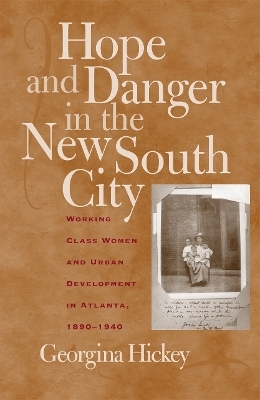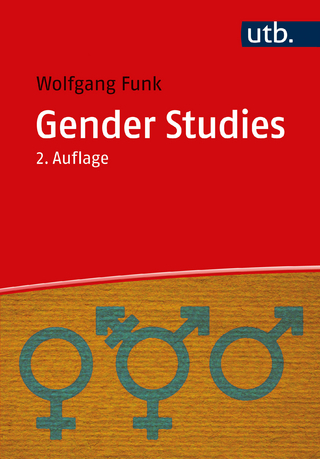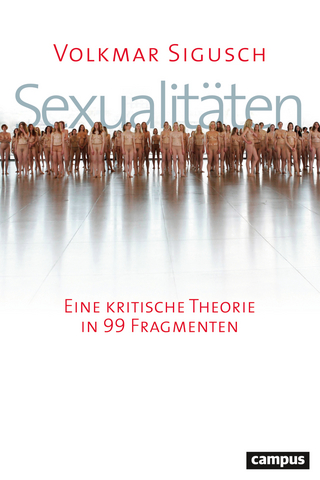
Hope and Danger in the New South City
Working-class Women and Urban Development in Atlanta, 1890-1940
Seiten
2005
University of Georgia Press (Verlag)
978-0-8203-2772-3 (ISBN)
University of Georgia Press (Verlag)
978-0-8203-2772-3 (ISBN)
Using newspapers, municipal documents, government investigations, organizational records, oral histories, and photographic evidence, this book relates the experience of working-class women - as community members, activists, pleasure seekers, and consumers of social services - to the process of urban development.
For Atlanta, the early decades of the twentieth century brought chaotic economic and demographic growth. Women - black and white - emerged as a visible new component of the city's population. As maids and cooks, secretaries and factory workers, these women served the ""better classes"" in their homes and businesses. They were enthusiastic patrons of the city's new commercial amusements and mothers of Atlanta's burgeoning working classes. In response to women's growing public presence, Atlanta's boosters, politicians, and reformers created a set of images that attempted to define the lives and contributions of working women. Through these images, city residents expressed ambivalence toward Atlanta's growth, which, although welcome, threatened established racial and gender hierarchies. Using newspapers, municipal documents, government investigations, organizational records, oral histories, and photographic evidence, ""Hope and Danger in the New South City"" relates the experience of working-class women - as community members, activists, pleasure seekers, and consumers of social services - to the process of urban development.
For Atlanta, the early decades of the twentieth century brought chaotic economic and demographic growth. Women - black and white - emerged as a visible new component of the city's population. As maids and cooks, secretaries and factory workers, these women served the ""better classes"" in their homes and businesses. They were enthusiastic patrons of the city's new commercial amusements and mothers of Atlanta's burgeoning working classes. In response to women's growing public presence, Atlanta's boosters, politicians, and reformers created a set of images that attempted to define the lives and contributions of working women. Through these images, city residents expressed ambivalence toward Atlanta's growth, which, although welcome, threatened established racial and gender hierarchies. Using newspapers, municipal documents, government investigations, organizational records, oral histories, and photographic evidence, ""Hope and Danger in the New South City"" relates the experience of working-class women - as community members, activists, pleasure seekers, and consumers of social services - to the process of urban development.
Georgina Hickey is an associate professor of history at the University of Michigan, Dearborn.
| Erscheint lt. Verlag | 30.9.2005 |
|---|---|
| Zusatzinfo | 23 b&w photos |
| Verlagsort | Georgia |
| Sprache | englisch |
| Gewicht | 462 g |
| Themenwelt | Sozialwissenschaften ► Soziologie ► Gender Studies |
| Sozialwissenschaften ► Soziologie ► Mikrosoziologie | |
| ISBN-10 | 0-8203-2772-7 / 0820327727 |
| ISBN-13 | 978-0-8203-2772-3 / 9780820327723 |
| Zustand | Neuware |
| Haben Sie eine Frage zum Produkt? |
Mehr entdecken
aus dem Bereich
aus dem Bereich
wie sich das weibliche Gehirn jetzt verändert und Sie diese neue …
Buch | Hardcover (2023)
Mosaik (Verlag)
24,00 €
eine kritische Theorie in 99 Fragmenten
Buch | Softcover (2023)
Campus (Verlag)
40,00 €


